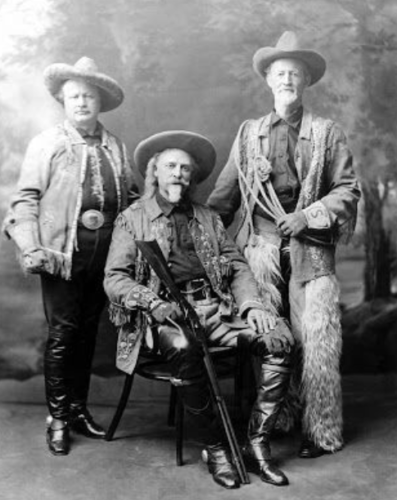
True West magazine alleges that the cowboy hat was a product of shameless appropriation — white immigrants stealing everything they could from Mexicans.
As Texian cattlemen appropriated Mexican cattle and land, they adopted elements of the vaquero’s working attire. Modern buckaroos throughout the Southwest inherited much of their forebearers’ culture, including their name—an imprecise rendering of the word vaquero.
The dimensions of the sombrero overwhelmed the anglo interlopers who wore small-billed caps, slouch hats, bowlers and derbies. In 1865, Philadelphia hatmaker John B. Stetson designed a more modest version that still sheltered its wearer from the sun and rain. Stetson’s “Boss of the Plains,” originally a hand-felt design meant to amuse traveling companions on a tour of the American West, quickly became the first, and arguably the most distinct, identifiable part of a cowboy’s ensemble.
And on a related note, Atlas Obscura wants us to know the bad guys wore white hats (if not hoods).
Go digging into the history of black hats vs. white hats, and you’ll find that good guys wore black, bad guys wore white. “There is no trope or consistency in who wears white or black,” says Peter Stanfield, who’s studied the B-westerns of the 1930s.
For one obvious example, the “legend of the West” and lawman (Sheriff and Marshall) Bat Masterson wore the true working-man’s hat, the British black bowler.
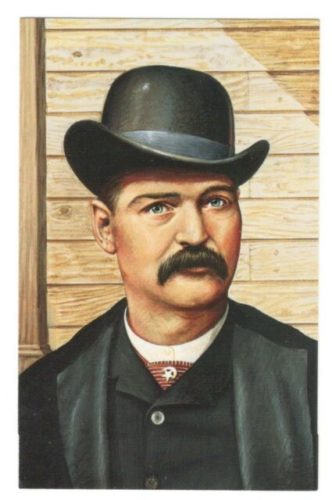
In fact the black bowler was by far the most popular hat in the West and favored by cowboys and railroad workers for its obvious advantages — designed in 1840s as protective gear for hard-riding British horsemen it was firmly fitted to the head and durable. No wonder Butch Cassidy, Black Bart, Billy the Kid, Curly Howard, Shemp Howard, Roscoe Arbuckle, Charlie Chaplin, Stan Laurel, Oliver Hardy… all were known to wear the bowler.
Some might even argue the Stetson “American cowboy” hat company fame came directly from combining the British bowler tough guy design with the Mexican sombrero hot sun features (sombra in Spanish means “shade”), yet that also traces back to the British.
Miller Christys’ hat factory in Frampton Cotterell (moved near Bristol from London “as a result of labour troubles”) indeed recorded that it had fought a patent dispute against J. B. Stetson and WON the case.
The British hat maker had designed their wide brimmed fur felt hats long before Stetson, for the 1800s slave plantation “Boss” in the West Indies.
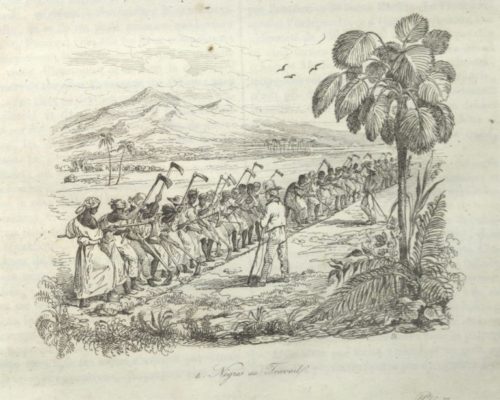
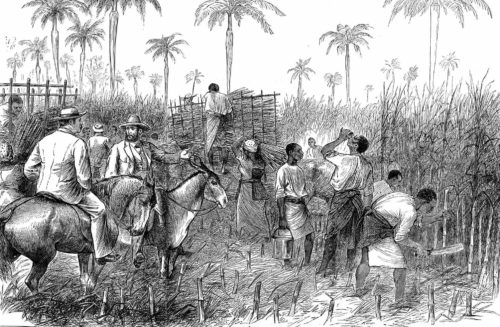
Christys barely mention this major detail on their history page where they also show the “Boss” design that Stetson obviously took from them.
1849 The Bowler hat is invented by Lock & Co and The Bowler Brothers. Christys, from its factory in Bermondsey, London, becomes one of the largest manufacturers of this iconic British styles.
[…]
1886: JB Stetson visits the Christys’ Stockport [Manchester, England] factory and writes to enquire ‘How Christys maintains such a productive workforce? Stetson use Christys’ design for the Ten Gallon hat – for which Christys received an on-going royalty.
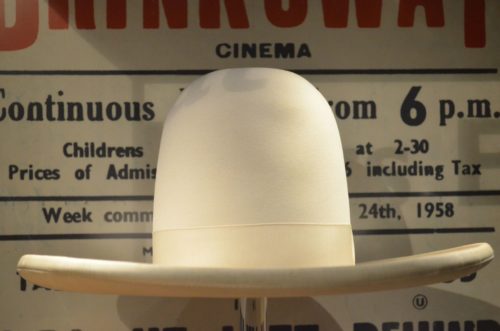
Stetson literally had to pay a foreign company a license fee to market his most famous hat that Americans somehow were led to believe wasn’t entirely foreign (when really both Christys and Stetson should have paid far more respect to Mexican hat makers).
I have yet to see anyone in America really admit the point that a slave plantation “Boss” hat of Christys is where Stetson even got his idea for a “Boss of the Plains” marketing campaign WHEN U.S. CIVIL WAR ENDED.
That’s right, in 1865 the Civil War is over and slavery is abolished. That was the year Stetson claims to have started his design — appropriation of a British felt big brimmed “Boss” design that symbolized riches for a white population, based on violent power to expropriate labor and wealth from enslaved people.
It’s easy to explain why, as some historians already have in books like How the South Won the Civil War:
Once Reconstruction ended, and with it black voting in the south, Republicans looked west. Anti-lynching and voting rights legislation lost because of the votes of westerners, and new states aligned for decades more “with the hierarchical structure of the south than with the democratic principles of the civil war Republicans”, thanks to their reliance on extractive industries and agribusiness. […] [Pro-slavery politicians] mythologized the cowboy, self-reliant and tough, making his way in the world on his own”, notably ignoring the brutal work required and the fact that about a third of cowboys were people of color.
Reagan, George W. Bush, Trump all have tried to convey themselves as “cowboy” Presidents, meaning embrace of a Southern plutocracy/oligarchy-wild west grabbing and conquering approach to governance.
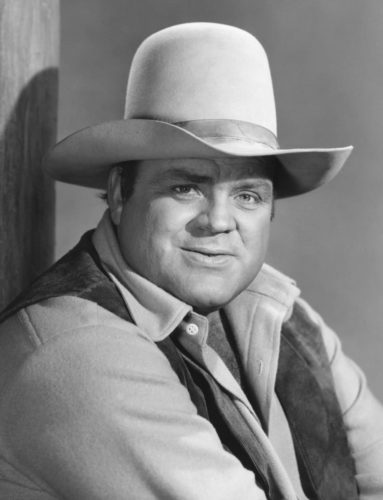
Americans today thus should probably associate their “cowboy hat” with a desire to continue Civil War more than anything, which isn’t any kind of secret if you peruse flyers from domestic terror groups.
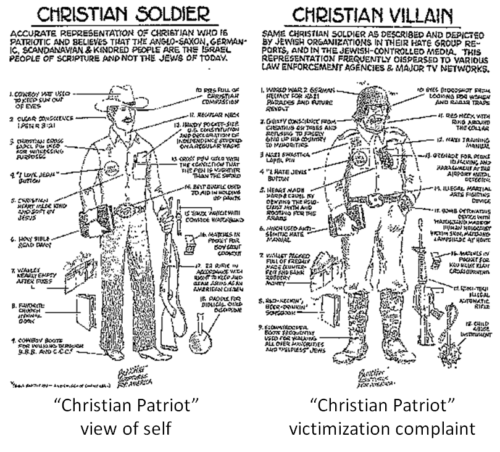
You might be wondering where the two “dimples” on the top of a Stetson came into being… but yet again the Mexicans wore a pinched sombrero, long before Stetson stole that idea too.
Anyway the next time someone in security calls themselves a white hat, perhaps ask them if they meant to say the dumb bad guy “Boss” wearing a British imitation of a Mexican idea.
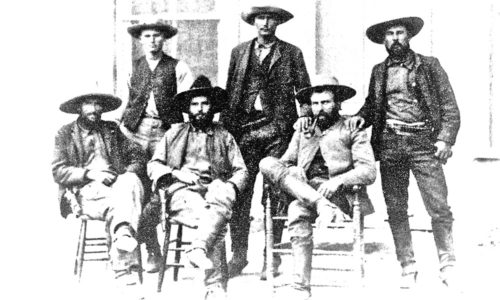
As I wrote here a while ago…
…Texas “exceptionalism” and “frontier” spirit meant slavery. Again, Texas was Mexico until white immigrants came with slaves and said no white man could survive the harsh conditions without non-whites to do all the hard work for them. They usurped power and seceded from Mexico (and later from America) just to avoid hard work and keep slaves instead. Being “free to be stupid” is thus a dog-whistle to slavery, which is not freedom at all.
I came to this article to learn a bit about the sombrero, but instead found your article to be much more, insight into “America and its history” as it really was. I wish I had read this sooner so I would know the true America.